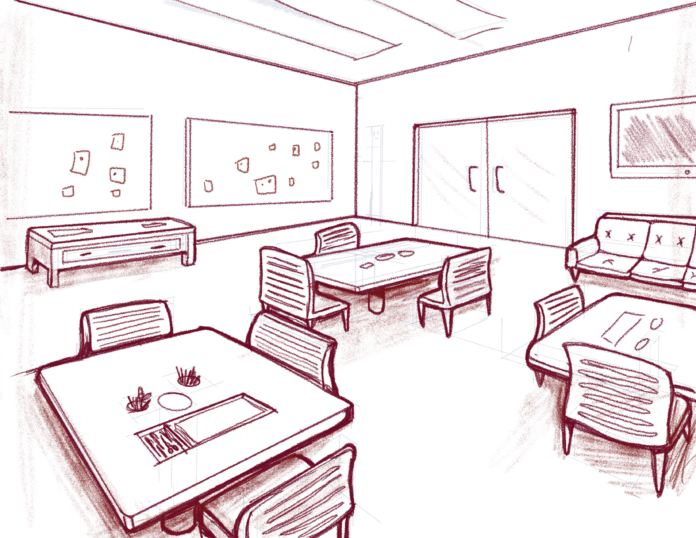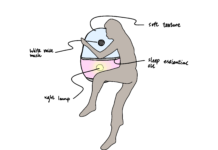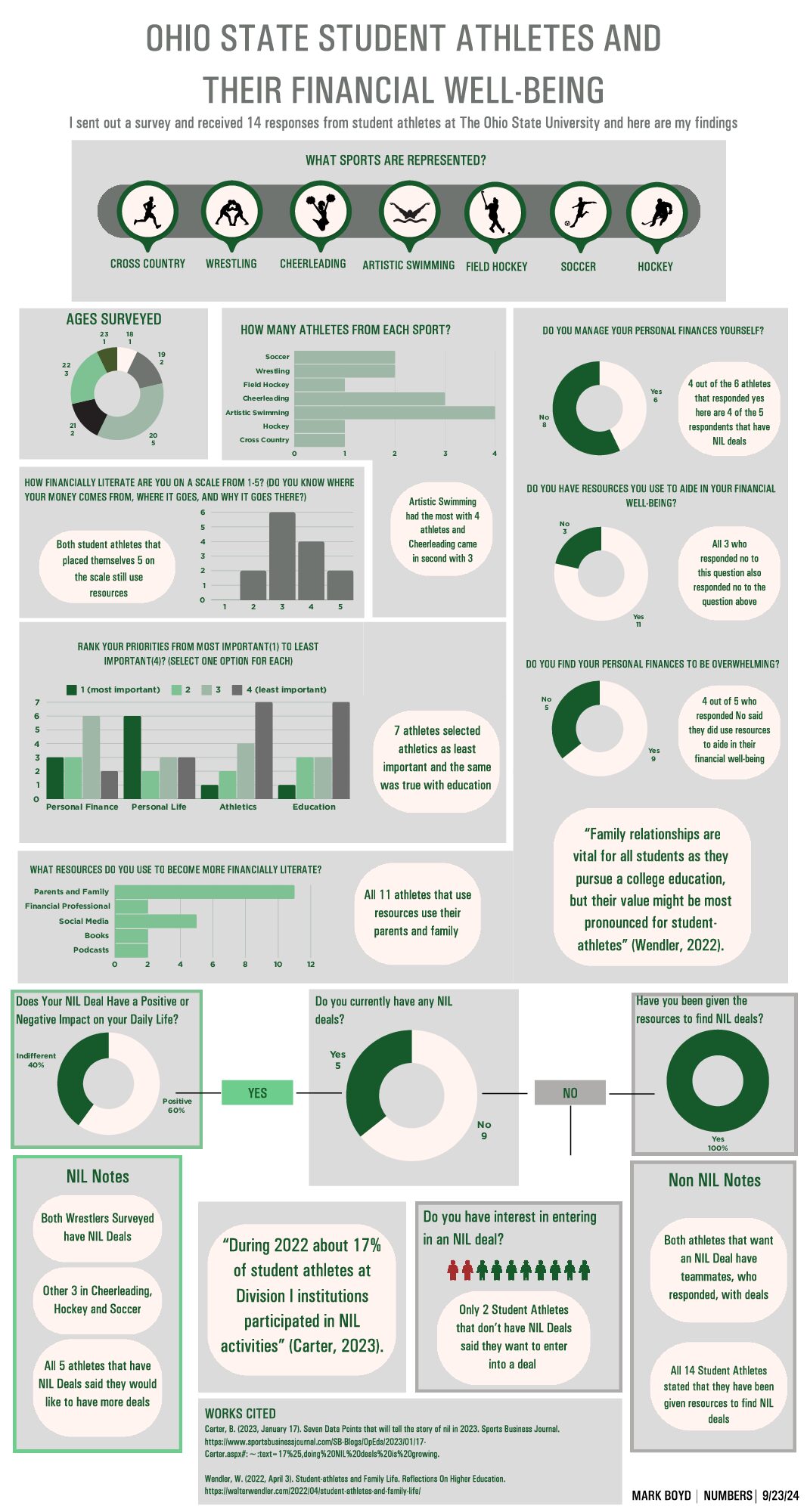Summary:
After examining articles around Honda’s internal business operations, it was clear to see that even though they have an extremely structured method for innovation and oppurtunity identification, the use of waigaya, it could still use some improvements. Most of the time, waigaya is described as happening in various different places, usually with no sort of set spot for them to happen. Typically, they currently look like quick conversations in random conference rooms, manufacturing facilities, or labs. Additionally, the results of waigaya is often not recorded or documented, which in turn, leads to many great ideas getting lost when the waigaya is finished. With so many trends expected to take hold of the automotive industry following the impact of COVID-19, there is a need for a localized, collaborative space for Honda associates to have more appropriately structured waigaya that can involve individuals with multiple different backgrounds.
These spaces are designed with two of Honda’s core principles in mind; for one, Honda takes pride in the fact that their factories are designed to be localized, rather than globalized, and having a space designed to have Honda associates intermingle with each other regardless of background on a more regular basis allows for more diverse inputs in waigayas. For example, Honda engineers would not need to worry about traveling or meeting over video chat to conduct a waigaya with members of the Honda marketing team.
Secondly, the space is designed with Honda’s characteristic user-focused design philosophy, with plenty of access to tools needed to conduct successful waigaya sessions. From analog tools such as access to wall space, post-it notes, and writing utensils, to digital tools such as lots of outlets, quick access to 3D modeling programs or a notetaking system to document waigaya more efficiently, Honda associates would more resources at their disposal to put towards having more structured waigaya.




